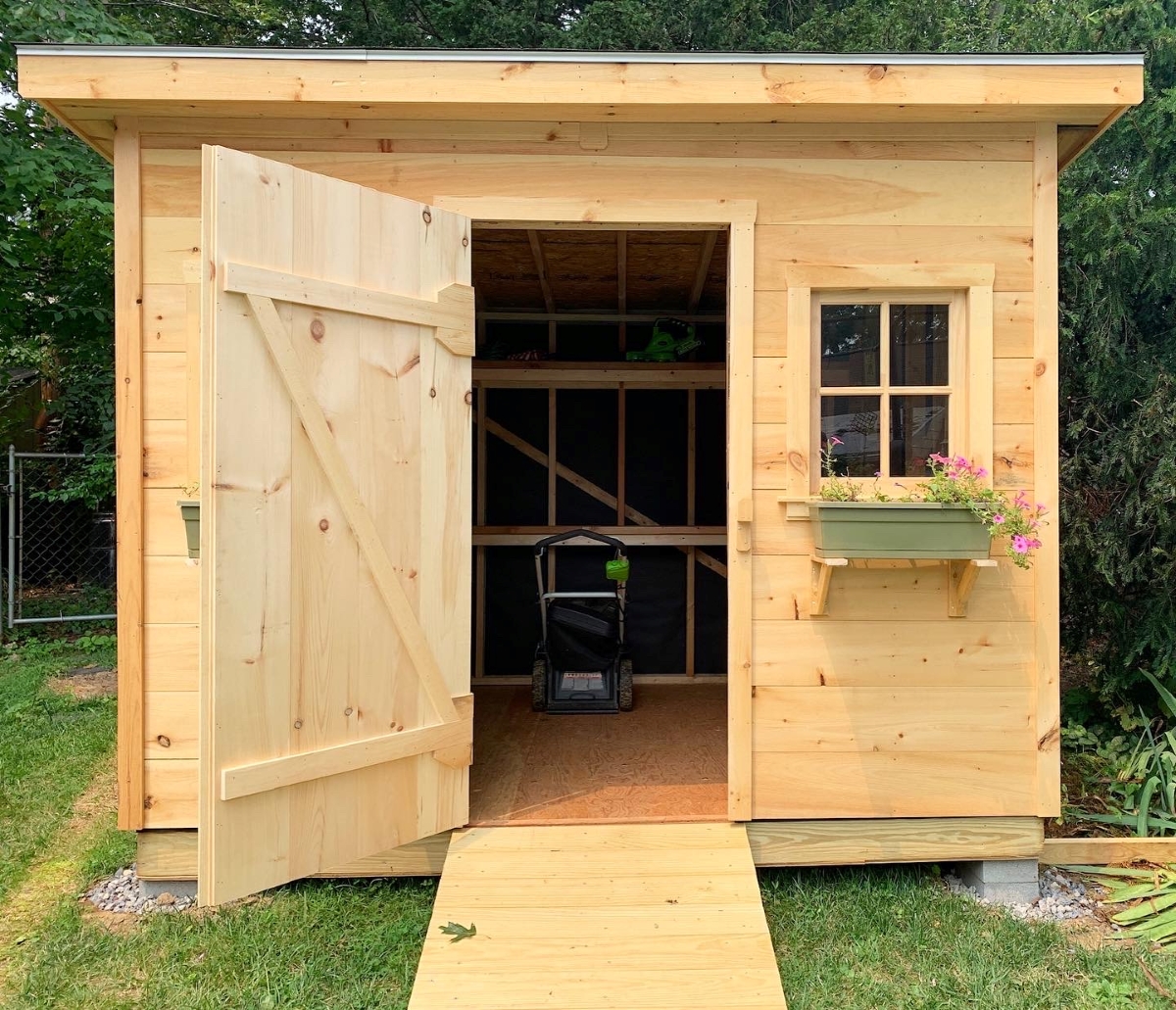We may earn revenue from the products available on this page and participate in affiliate programs. Learn More ›
A starter home isn’t supposed to become a forever home, but sometimes it does. Finances or the market can interfere, leaving homeowners “stuck” in a starter house, even though it can no longer serve the family’s needs adequately. There might be more people in the house, like kids or in-laws, and the pet population might be getting larger, too. Those who still work from home and would really like some space dedicated for work—or just a spot for some quiet time—might be in a bind.
The good news is that there are a few ways to carve out more space from your home. All of these methods require an investment, but they might just be enough to make your family more comfortable in your current (long-term) home.
1. Build a deck.

Decks are a common way to add some living space to a home. A deck can add a much-needed area for working outside on good-weather days. When combined with a retractable awning and outdoor heater, the deck can become a living or working space more days of the year. DIYers often are comfortable building a basic deck; others might want to seek estimates from a licensed contractor.
2. Add a shed.

If your closets, garage, and basement are bursting at the seams, building a shed might make for a smart investment. You can store durable items outside in a shed and free up some of the space inside the house for other uses. Just make sure to consult the local building codes regarding property setbacks for a shed before building a shed on your property. Choose a plan or prefabricated shed that suits the type of items you most need to store, adding shelves or other organizational tools.
3. Build an accessory dwelling unit (ADU).
When the in-laws want to move in or an adult child is moving back in with you, an accessory dwelling unit (ADU) might make the situation a little more tolerable for everyone. It’s a secondary and smaller structure on your property that can have all of the essential amenities needed for daily living. Most ADUs are detached, but they can also be built as additions or above (or in) a garage.
4. Finish the basement or attic.

Homeowners who are lucky enough to have a basement and attic have a starter-turned-forever-home bonus. These spaces can be finished to create additional living spaces. While basements or attics often serve well as secondary family rooms or playrooms, they can also become living areas with bedrooms and bathrooms. Make sure to check on the local building codes regarding ceiling heights, access, and other details that will affect the layout and scope of work.
5. Consider a loft or bunk beds for kids.
Most every child enjoys having their own bedroom, but sometimes it’s just not practical for the rest of the family. Consider adding a loft or bunk beds in a kids’ bedroom so they have room to share. Turn cramped corners into efficient sleeping and playing (or homework) areas with a clever space-saving design. This project also can open up another room for the in-laws, a child on the way, or a home office that’s become a pressing need.
6. Create an outdoor room.
An outdoor room blends the living area into the yard, expanding usable space for families or gatherings. Whether it features an outdoor kitchen, outdoor TV, pizza oven, or pergola, an outdoor room can have nearly all of the amenities of an indoor space. Moving glass wall systems can open into the outdoor room, further blurring the lines between indoors and outside. For year-round enjoyment, consider adding a roof and outdoor fireplace over the outdoor room.
7. Build an addition.

If the house just isn’t big enough and you’ve had no luck when looking creatively at the rooms to figure out how to best use the spaces to meet your current needs, consider an addition. It can be an expensive proposition to build a home addition, but it might be worth the investment if the current residence is likely your forever (or nearly forever) home. Depending on local codes and property constraints, an addition can allow you to add the rooms your family needs to remain happy and comfortable in your current home.


